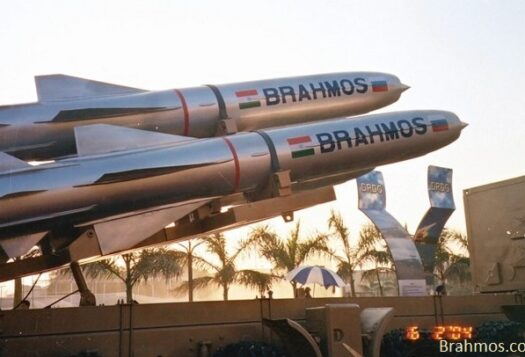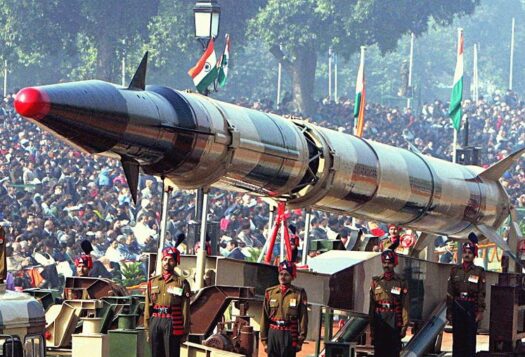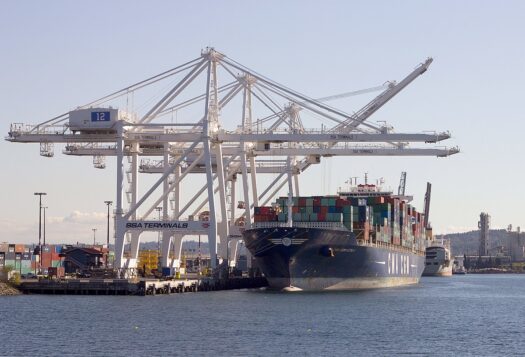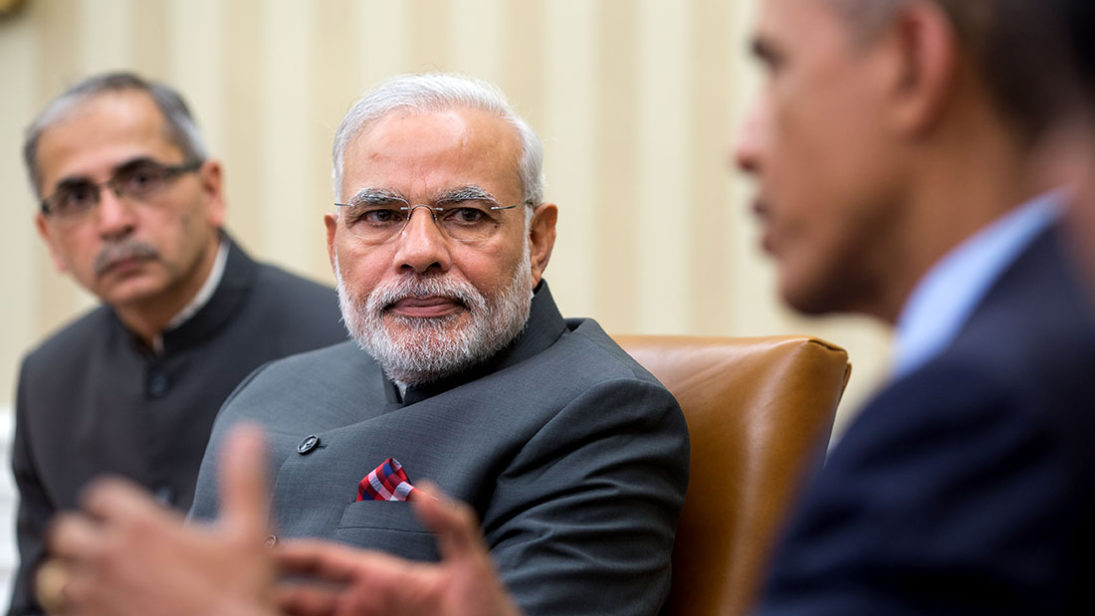
Editor’s Note: This piece is a response to Reshmi Kazi’s review of Kumar Sundaram and M.V. Ramana’s article “India and the Policy of No First Use of Nuclear Weapons” (2018). Both articles are part of an ongoing SAV series reviewing recent scholarship to evaluate the latest theoretical and analytical debates on strategic issues and their implications for South Asia.
Kumar Sundaram and M.V. Ramana have questioned India’s commitment to the no-first-use (NFU) in their article “India and the Policy of No First Use of Nuclear Weapons” (2018) in the Journal for Peace and Nuclear Disarmament. The credibility of the commitment has been questioned because of recent statements by policymakers and incremental changes to the nuclear posture. Dr. Reshmi Kazi in her review of the article has steadfastly defended India’s NFU commitment based on the logic of a doctrinal commitment that leverages its conventional strength and the credibility of its retaliatory posture.
Dr. Kazi’s defense, however, overlooks the incentives afforded by the technical capability to strike before being hit, and why that may be the rational choice when the conflict moves into the nuclear realm. Despite this incentive, the evidence presented by Sundaram and Ramana, although suggestive, isn’t definitive enough to conclude that India is reneging on its NFU commitment. Instead, it appears more likely that New Delhi is moving towards enhancing its retaliatory capabilities.
Indian Incentives during a Nuclear Crisis
Sundaram and Ramana argue that when push comes to shove India’s NFU commitment will not dictate how it might use nuclear weapons. As evidence, the authors point to comments made by former Indian National Security Advisor Shivshankar Menon in his book Choices: Inside the Making of India’s Foreign Policy. Dr. Kazi rightly points out that Menon had qualified the “comprehensive first-strike” by indicating that this would happen after the Pakistani use of tactical nuclear weapons (TNWs). Menon, although categorical about the retaliatory nature of the strike, has also indicated in his writing that India will have no appetite to limit its response once the conflict has moved into the nuclear realm to allow Pakistan a massive nuclear strike after the Indian response. This has important repercussions, as the incentive to not absorb damage could also dictate India’s decision-making during the onset of a nuclear crisis.
Menon, although categorical about the retaliatory nature of the strike, has also indicated in his writing that India will have no appetite to limit its response once the conflict has moved into the nuclear realm to allow Pakistan a massive nuclear strike after the Indian response.
This position has also been brought out in Sundaram and Ramana’s discussion (pg. 7-8) of Air Commander Jasjit Singh’s article on contingencies when India might have to let go its NFU commitment: specifically, when India might have suffered “a significant military setback if not a decisive military defeat” or a “surprise breakthrough by the enemy with conventional forces.” Dr. Kazi’s review lacks analysis on how this incentive may or may not affect Indian choices when Pakistan may be on the verge of escalating to the nuclear level. Instead, she focuses on India’s NFU policy as a harbinger of India’s status as a responsible nuclear power as well as the efficacy of the doctrine as a tool of strategic restraint. Her analysis does not do justice to the reality that a two-front war scenario with Pakistan and China could drastically deteriorate India’s conventional deterrence and bring this situation to the fore.
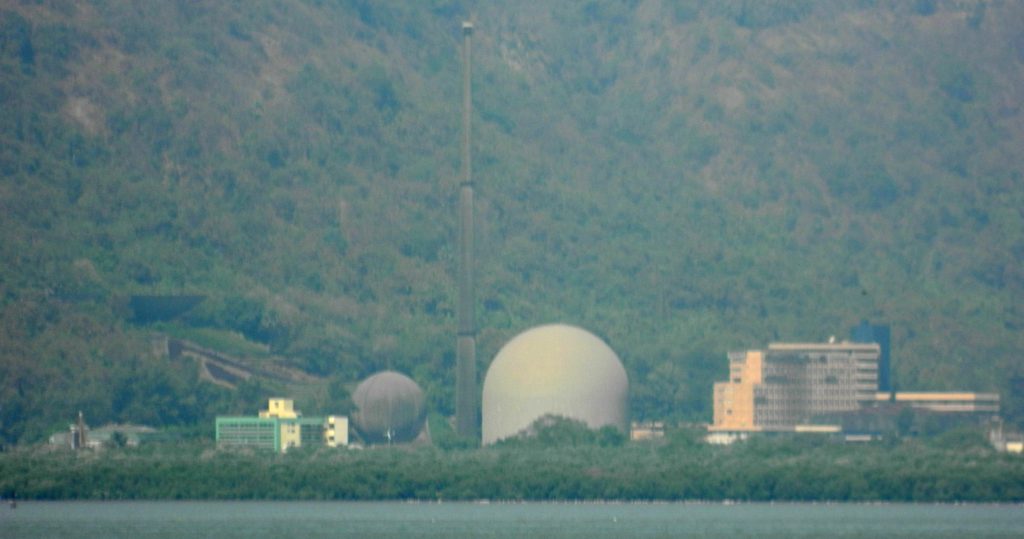
Canisterization and Implications of a Reduced Response Time
Sundaram and Ramana suggest that India’s trend towards canisterizing its missiles, or mating nuclear warheads to delivery systems, is a step towards abrogating the NFU commitment, as it indicates that India may be incentivized to launch a preemptive first-strike. Dr. Kazi rightly points out that India’s massive retaliation doctrine is contingent on both the assurance and speed of a retaliatory response. However, both Kazi and Sundaram and Ramana draw their implications from an incomplete portrait of India’s actual operational readiness today.
Despite assertions that India is shifting away from its traditional recessed deterrence posture, a level of segregation of warheads and delivery systems is necessary. Canisterizing all missiles in a manifestation of its high readiness levels during peacetime would render India weak to Beijing by presenting fewer targets for the adversary’s cost-benefit calculation of a counterforce strike. India is estimated to have a finite stockpile of 130 to 140 nuclear weapons; to safeguard one’s own arsenal, such levels of readiness are not advisable. Besides, not enough evidence currently suggests that India has moved away from its arrangement of its nuclear forces, wherein the launchers are with the Strategic Forces Command (SFC) while the warheads are with the Bhabha Atomic Research Centre (BARC). Although the Joint Doctrine of Indian Armed Forces (JDIAF) released in 2017 states that the SFC “controls all of India’s nuclear warheads and delivery systems,” it remains unclear if the SFC maintains custody over all warheads and systems.
In short, a reduced response time ensures India may not have to absorb the full-scale damage of a nuclear strike in a retaliation-only posture.
What is more likely is that India is currently maintaining some of its arsenal at higher levels of readiness by canisterizing a portion of its nuclear arsenal. This does not afford India a splendid counterforce first-strike capability, but ensures that once the conflict has moved into the nuclear realm, New Delhi may go for a counterforce strike instead of a proportionate countervalue strike. This will help India eliminate competition for control of the escalation ladder, preventing counter or counter-counter responses. In short, a reduced response time ensures India may not have to absorb the full-scale damage of a nuclear strike in a retaliation-only posture.
The capability to launch quickly leads us to the crux of Sundaram and Ramana’s paper that the incentive to not absorb damage from a nuclear first-strike must dominate to the point that a preemptive counterforce first strike may become tempting for India. This is a rational choice to make when nuclear warfighting looms: rather than exposing oneself to the damage inflicted by the first-strike in its entirety, India could conduct a preemptive “Launch On Warning (LOW)” strike once the adversary’s intent to conduct a nuclear strike is detected. It is, however, more likely that in the future India would launch a “Launch On Launch (LOL)” strike, which avoids damage to one’s own arsenal but can be justified as remaining within the ambit of NFU. Nonetheless, Dr. Kazi’s review side-steps the question of what may become a rational choice for India when the foremost objective of India’s nuclear doctrine to keep the conflict from going nuclear is not met.
Conclusion
Doctrines are a function of threats, capabilities, and war objectives. Modernizations of India’s nuclear capabilities, however, seem to be geared more towards the adversary on the eastern front. These capabilities do make available first-strike options with regards to its adversary on the western front. This may result in the “decoupling” of India’s nuclear strategy for its two primary adversaries at both the operational as well as the declaratory doctrinal levels, though the former is likely to precede the latter. For instance, India may be able to maintain a posture that permits a LOL or LOW strike vis-à-vis Pakistan, even while upholding a NFU doctrine with regards to China. This may suggest a higher level of confidence in India of Cold Start-type conventional ingress into enemy territory because of its confidence in dealing with nuclear contingencies regarding Pakistan.
Indian nuclear doctrine has the objective of avoiding nuclear warfighting, although this objective is challenged by new threats and capabilities. The longevity of the NFU commitment, however, implies the entrenchment of doctrinal beliefs in the Indian polity. It thus seems unlikely that India will abandon NFU altogether as Sundaram and Ramana suggest, but may justify an LOL strike if the time comes.
Editor’s Note: In an ongoing series aimed at bridging the divide between policy analysis and academic scholarship, SAV contributors review recent articles and books published by leading scholars to evaluate the latest theoretical and analytical debates on strategic issues and their implications for South Asia. Read the series here.
Image 1: The White House of President Barack Obama
Image 2: Sobarwiki via Wikimedia Commons
